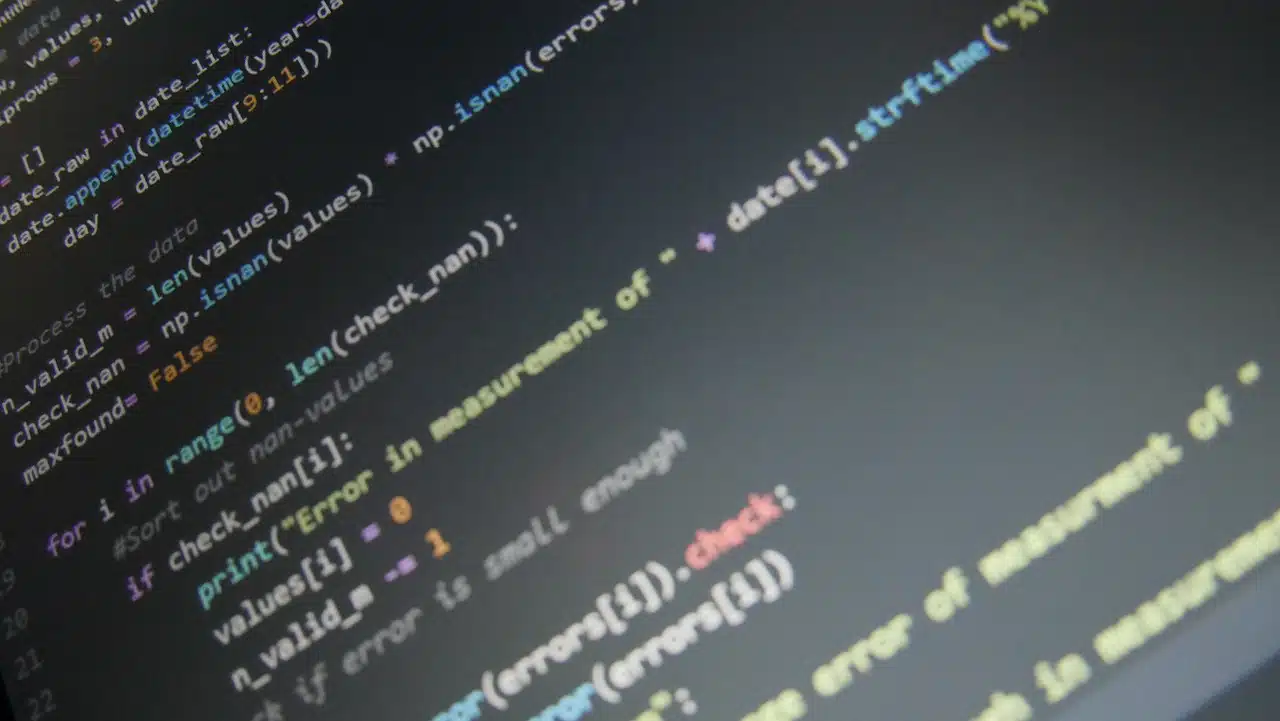
A programming language is a structure that allows instructions to be given to a computer program.
A programming language is that structure that, with a certain syntactic and semantic basis, imparts different instructions to a computer program.
According to the theoretical definition, language is understood as a communication system that has a certain structure, content and use. Programming is, in the vocabulary of computing , the procedure for writing the source code of software .
Origin of programming languages
When establishing the origin of the programming language we have to refer, without a doubt, to Ada Lovelace , who is considered the first computer programmer known throughout the world. Hence, curiously, the Ada programming language was spoken of in his honor. And this figure carried out not only the manipulation of a series of symbols for a machine of the British scientist Charles Babbage but also the achievement of establishing the necessary instructions so that a computer could carry out a series of initial calculations.
Within what the programming language is, it is very important to emphasize that the professionals who are dedicated to developing it work with a set of elements that give shape and meaning to it, which allow them to function and achieve their objectives. These would include, for example, variables , vectors , loops , conditions , syntax and static semantics .
The programming sequences for the most common actions were associated to be named with easy-to-memorize names (such as ADD or MUL ). The set of instructions is called assembly language .

It is important to distinguish between a programming language and a computer language.
Differences with computer language
It is worth differentiating between programming language and computer language . There are computer languages that are not, in reality, programming languages, such as HTML (a markup language ).
The programming language has the ability to specify, precisely, what data a computer equipment should work on , how said data should be preserved or transferred, and what instructions the computer should implement in certain circumstances.
Types of programming languages
There are various programming languages, which has led to the development of interpreters ( programs that adapt instructions found in another language) and compilers (those programs that translate from one language to another).
According to its level of abstraction, we speak of machine language (they are binary strings that can be read directly by the computer), low-level language (the programming language that is close to the operation of a computer), medium-level language (shares characteristics with low-level languages but also with more advanced ones) or high-level language (made up of elements of human language).
There are many languages that currently exist in the technology and computing market. However, among the most important we can mention Pascal , Visual Basic , SQL , Delphi , Lingo , Cobol or Java . The latter, for example, is characterized because it was developed in 1995 by computer scientist James Gosling and because it is object-oriented.
